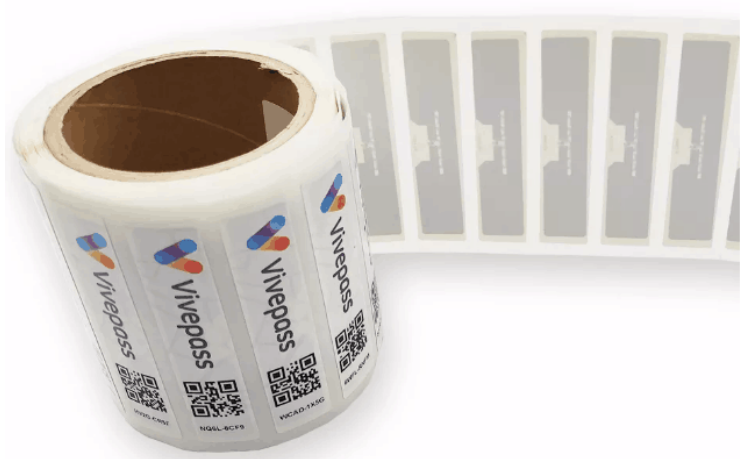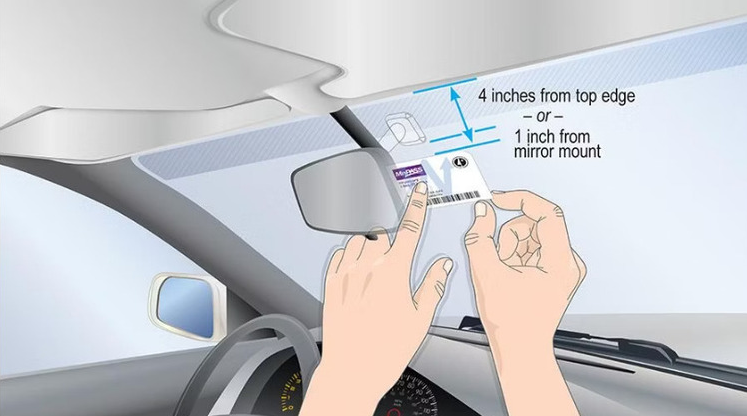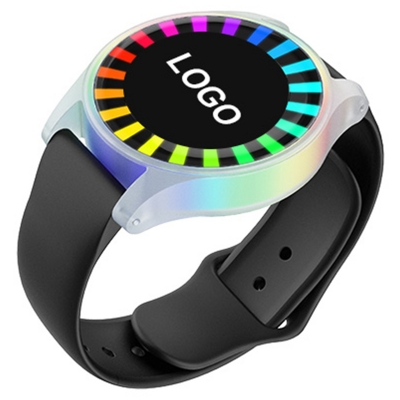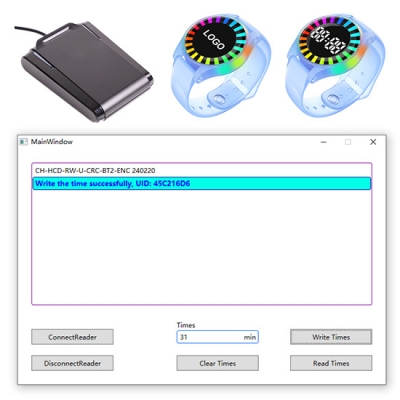La tecnología de identificación por radiofrecuencia (RFID) ha transformado industrias como el transporte. En sistemas de cobro de peajes y estacionamiento inteligente, la RFID puede mejorar la eficiencia, reducir el tiempo de espera y optimizar la experiencia del usuario. Este artículo explora cómo funciona la RFID en estas aplicaciones y destaca productos específicos que facilitan estos avances.
La tecnología RFID permite el cobro automático de peajes, permitiendo que los vehículos pasen por las cabinas sin detenerse. El sistema se basa en etiquetas RFID adheridas a los vehículos y lectores instalados en las cabinas.
¿Cómo funciona?
Instalación de etiquetas :El propietario recibe una etiqueta RFID, como la de Meihe " Etiqueta de estacionamiento RFID UHF a prueba de manipulaciones para parabrisas "Esta etiqueta duradera está diseñada para el rastreo de vehículos y puede soportar una variedad de condiciones ambientales.
Interacción del lector Cuando un vehículo se acerca a una cabina de peaje, el lector RFID detecta la señal de la etiqueta. El lector captura la información del vehículo y procesa automáticamente el peaje.
Gestión de cuentas :Los importes de los peajes se deducen o acreditan a la cuenta prepaga del usuario, agilizando el proceso de pago.
Beneficios
Reducción de la congestión :La tecnología RFID elimina la necesidad de realizar transacciones en efectivo, lo que hace que el tráfico en las cabinas de peaje sea más fluido.
Eficiencia de tiempo mejorada Los conductores ahorran tiempo al no tener que detenerse o reducir la velocidad significativamente.
Ahorro de costes :Los sistemas automatizados reducen los costos operativos asociados con la recaudación manual de peajes.

Los sistemas de estacionamiento inteligente utilizan tecnología RFID para optimizar la gestión de plazas de aparcamiento y mejorar la comodidad del usuario. Estos sistemas proporcionan información en tiempo real sobre las plazas de aparcamiento y agilizan el proceso de pago.
¿Cómo funciona?
Emisión de etiquetas :Los usuarios reciben etiquetas RFID, como “ Etiquetas de parabrisas de largo alcance UHF Diseñado por Meihe específicamente para sistemas de estacionamiento. Las etiquetas permiten detección de largo alcance y son ideales para diversas aplicaciones de estacionamiento.
Monitoreo de plazas de aparcamiento Los lectores RFID instalados en los estacionamientos detectan vehículos con etiquetas RFID. Esto permite al sistema rastrear las plazas de aparcamiento disponibles en tiempo real.
Procesamiento de pagos Cuando un vehículo se estaciona, el sistema registra la hora de entrada. Al salir, el lector RFID calcula la tarifa de estacionamiento según el tiempo de estacionamiento y la descuenta automáticamente de la cuenta del usuario.
Beneficios
Disponibilidad de estacionamiento en tiempo real :Los usuarios pueden encontrar rápidamente espacios de estacionamiento disponibles, reduciendo el tiempo empleado en buscarlos.
Pago automático :El sistema simplifica el proceso de pago y los usuarios pueden pagar sin efectivo ni tickets.
Utilización eficiente del espacio :Los operadores de estacionamiento pueden monitorear los patrones de uso para administrar mejor los recursos de estacionamiento.

Conclusión
La tecnología RFID ha mejorado significativamente el rendimiento de los sistemas de carga y estacionamiento inteligente. Al automatizar procesos, reducir la congestión y mejorar la experiencia del usuario, la RFID se ha convertido en un componente fundamental de la infraestructura de transporte moderna. Productos como la "Etiqueta RFID UHF para parabrisas de estacionamiento a prueba de manipulaciones" y la "Etiqueta de parabrisas de largo alcance" demuestran plenamente cómo la RFID puede integrarse eficazmente en estos sistemas. A medida que las ciudades sigan adoptando tecnologías inteligentes, es probable que el papel de la RFID se amplíe aún más, dando como resultado sistemas más eficientes y fáciles de usar.














